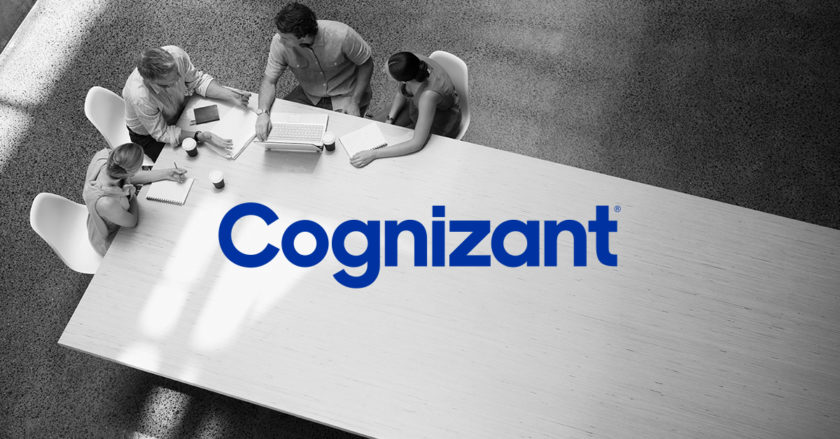Connections

Cognizant Exec: Digital Transformation is Still ‘Job One’ for the Company
Story Highlights
The transition to digital continues to be a top priority for Cognizant and its customers, and the shift to digital is moving faster than several other major enterprise technology trends did in recent years, according to Malcolm Frank, Cognizant EVP, chief strategy officer and marketing officer.
“It’s the talk of the town with our clients. It is job one, and it’s only increasing from that perspective,” he said Nov. 27 at the Credit Suisse Technology, Media & Telecom Conference in Scottsdale, Ariz., after being asked what digital means for Cognizant and how it’s positioned for that.
Frank noted he’s been in the industry about 30 years and “had a front row seat for the client server wars, enterprise applications and then also the same for Internet and the same for offshore outsourcing.”
But he said: “Digital, by far, is bigger and moving faster than any of those three trends had. So this is profound for the industry, and it’s still the early days of it.”
In each sector that Cognizant competes in, “digital has really become job one,” he said, adding that while “technology just five years ago was supporting the business…now technology truly is the business, and that’s the transition that we’re in the middle of.”
Cognizant has gone through the same kind of digital transformation itself, he pointed out, noting the company, about two-and-a-half years ago, “went through a significant reorganization.”
The company is now focused on helping clients with three specific digital transitions, he explained. One is in their technology and those services are provided by Cognizant Digital Systems & Technology, he noted. “They need to re-factor their entire heritage IT backbone,” he said, adding: “It’s not talked about enough, and it’s a massive lift that our clients have to go through.”
The second thing Cognizant customers have to do to become a digital business is “reengineer and re-imagine their whole process infrastructure,” he said, adding: “This is the Uberization of process, when firms look at things like mortgage processing, claims processing and recognize that’s completely wrong, and needs to be put on software platforms infused with” artificial intelligence (AI).
The third transition that Cognizant customers must undergo is “how they go to market — how do they interact with their customers though interactive channels or building smart products,” he said.
In the last two years, the main issue has been reaching digital at scale, he went on to say, explaining his clients are saying they can “no longer just do science projects in digital [consisting of] a few pilots here or there.” As a result, he said: “The market, we believe, with digital at scale is starting to come our way, combined with the changes in the investments that we’ve been making.”
AI, meanwhile, has “left the salon, where we have these theoretical conversations of what AI may do in 20 years, and it’s actually become a real productivity tool particularly for marketing departments as well as for around robotic process automation.” While AI is “probably in the second inning of a nine-inning game when you average everything out,” he added: “We think that we’re going to start to see significant market traction for our portfolio, and I think for the market overall, in the next couple of years.”
Although Cognizant is, “in no way, shape or form, turning our back on healthcare or financial services,” he said the company is looking to grow its strength in the communications, media and technology (CMT) sectors. There is obviously a “huge digital transformation going on in those sectors,” he said, telling attendees to “just look at what’s happening with Netflix, or what AT&T or Verizon — all these firms — are doing to react against that.” CMT just grew about 17% year-over-year for Cognizant and “we see real vitality and health in that segment,” he said, adding the company is also looking to grow its strength in the retail segment.









